ETF Thinking Water
This report summarizes the findings from ACAP Saint John’s 2023 Thinking Water project. The Thinking Water program aims to assess the general water quality of streams within the Saint John and surrounding area, including tributaries of the Wolastoq (St. John River) and the Saint John Harbour. In a city with a long history of human and industrial influences, this program offers significant insight into the health of Saint John’s waterways. ACAP Saint John has been conducting water quality monitoring in the Greater Saint John area for over 30 years, providing a long-term dataset that can be used by professionals and other organizations.
In 2023, ACAP Saint John monitored the water quality at 31 sites in freshwater streams and estuarine environments in the Saint John and surrounding area. Water Quality Index (WQI) values were calculated from field and lab measurements including water temperature, dissolved oxygen (DO), pH, salinity, turbidity, ammonia (as NH3), orthophosphate (as P), and Escherichia coli (E. coli) concentration, collected between May and October. In 2023, no sites achieved “excellent” or “poor” water quality as determined by the Canadian Council of Ministers of the Environment (CCME); improvements in water quality were observed in all but five sites (Tin Can Beach, Bayshore Beach, Kennebecasis Drive, Marsh Creek 11, Spruce Lake Stream Upstream, and Spruce Lake Stream Mouth). Five sites received a “good” WQI score, while most sites (15 of 31) achieved “fair” water quality, and eight had “marginal” water quality. in comparison to last year, where most sites had marginal water quality. As in previous years, the sites with the worst water quality index score included Marsh Creek Downstream (WQI of 45.1), Marsh Creek 11 (WQI of 48.6), and Little River (WQI of 49.4). Average phosphate concentrations exceeded the threshold limit at 22 of 31 sites (93.6%), while ammonia exceeded the limit at 7 of 31 sites (22.6%), and E. coli concentrations surpassed the threshold at 19 of 31 sites (61.3%). These water quality issues have been a persistent problem in these watersheds, indicating stormwater or sewage inputs and other sources of contamination continue to have considerable impact within the Saint John region, despite the modernization efforts of existing infrastructure.
Biotic communities were monitored at Courtenay Bay and Marsh Creek 2 within the Saint John Harbour in 2023. Abundances of fish and invertebrates were quantified using beach seines and fyke nets; this work aimed to continue longstanding monitoring to determine an environmental baseline for the region. In 2023, a total of 1891 individuals representing 12 species were caught, the majority of the catch consisted of sand shrimp (Crangon septemspinosa).
